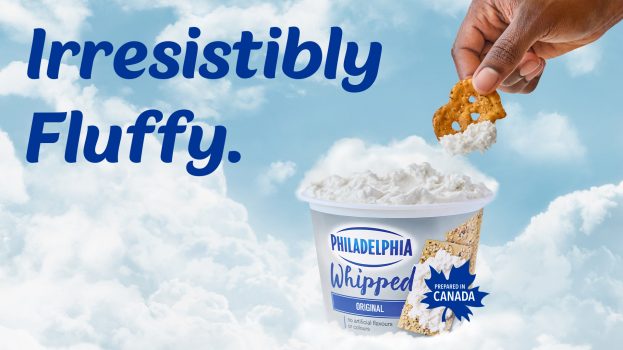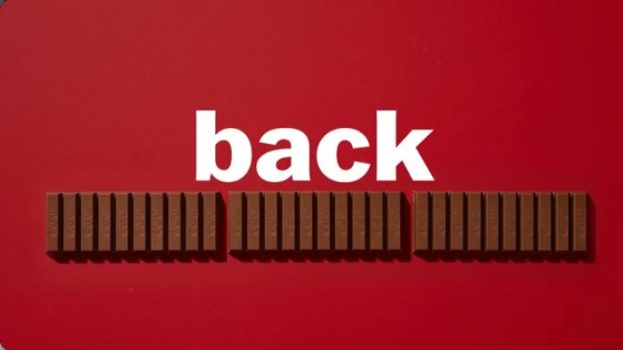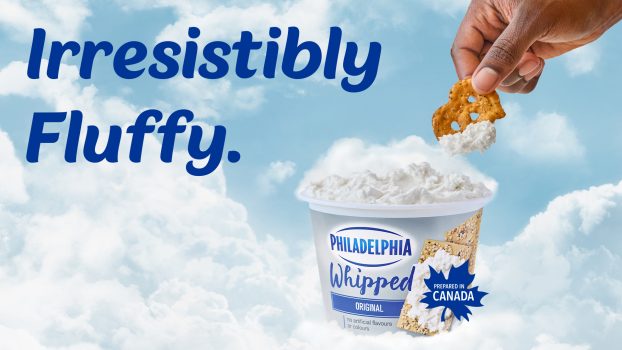In Kraft Heinz’s Q1 earnings call, global CEO Miguel Patricio said the company is maintaining its focus on investing in its brands, but the pandemic is causing it to “rebalance” its marketing efforts in response to short- and long-term impact the pandemic is having on consumer behaviour.
Globally, the company reported a year-over-year organic net sales increase of 6.2% for the quarter ending March 31, due to approximately 6 to 7 percentage points of growth as a result of increased consumer demand related to the COVID-19 pandemic.
In Canada, net sales were 19.8% lower, largely due to the divestiture of its Canadian natural cheese portfolio and an unfavorable impact from currency. Organic net sales – which exclude the impact of exchange and divestiture – increased 2.2%, including an approximate 10 to 11 percentage point contribution due to increased consumer demand related to the COVID-19 pandemic.
That demand helped offset what Patricio said was predicted to be a significant dip in Canadian Q1 organic sales, due to the above factors, as well as its exit from McCafé at the start of the year.
Pricing in Canada declined 6.4 percentage points, due to trade expenses and lower prices in foodservice, though it was offset by a global increase of 1.6%, part of an effort by Kraft Heinz and other CPG companies to compete more on brand than price. Volume in Canada increased 8.6% due to greater demand, primarily with Kraft Dinner, Classico pasta sauce and Kraft Peanut Butter.
In the end, Patricio said, top line growth came in better due to COVID-19-related consumption in March and market share improved in “the vast majority” of its categories. However, Patricio cautions that declining profitability was disappointing, due to a combination of additional supply chain costs and the timing of trade expenses.
Patricio said the company has no plans to pause its plans on marketing and brand investment. The plan for 2020 is to reduce costs in things like agency relationships and innovation – which has been reduced even further during the pandemic to keep producitivty up on its most in-demand SKUs – in order to increase overall marketing spend and media behind its most “iconic” brands by around 30% this year.
While many consumers are currently buying more on availability during less frequent shopping trips, in the long-term, Patricio says says consumers turn to brands they trust in uncertain times and want to experiment less, and that’s what it is seeing right now.
“Our brands represent comfort for people,” he said, pointing out that its leading brands have increased penetration in almost every market, especially developed ones like the U.S., Canada and U.K. “So I think it’s critical that we continue investing behind our brands to reassert the advantage that we have in taste, in performance and in value.”
According to Carlos Abrams-Rivera, president of Kraft Heinz’s U.S. zone, what will change is a “rebalancing” of its marketing to reflect where it is seeing gains and reach new customers that are buying its brands. As an example, he pointed to the Oscar Meyer “Front Yard Cookout,” a campaign encouraging consumers to move the backyard grill to the front yard, to keep communities connected.
Patricio said the company’s strategy for the long-term has been to get its marketers “thinking about the future […] to ask themselves what will happen next, what behaviours will change.”
Going forward, the brand has to consider consumer behaviour changes, including if new online grocery shopping preferences sticking around and cost concerns. On its foodservice business, the company is looking at how it can be more creative with customers and make products more relevant, should drive through and delivery become more of a norm.
Patricio also says the company “has to think about future consumption if 40% of adults live alone and will eat more meals at home, if kids eat more breakfast and lunches at home versus school or on the run.”
Looking ahead to Q2, Patricio says that while Kraft Heinz expects further benefit from greater at-home consumption in Canada, organic net sales are still likely to decline low single-digits as foodservice are expected to decline significantly versus the prior year as restaurants and other venues remain closed or disrupted, as well as the ongoing impact of the McCafé exit.
Other CPGs tweak how they are putting marketing spend to work
Kraft Heinz’s plan to maintain its marketing investment despite changes to consumer demand and behaviour echoes statements from leadership at many other CPG giants. P&G said in April that it was doing so to maintain consumer trust in its brands when they are no longer based purely on availability. Despite “reviewing all discretionary spending,” Unilever said last week that it plans to maintain its level of marketing and brand investment, though would be shifting to higher-ROI categories like skin cleansing, home and hygiene brands. Chief financial officer Graeme Pitkethly said that since production has stopped and media rates have declined, the company can actually increase its advertising reach for the same level of spend.
Mondelez said it plans to keep its marketing investment stable but redirect it to working media and expects its investment to rise in the second half of the year. Its marketing department is also preparing for how a recession may impact consumer spending and – like many other CPG companies – is looking at reducing its SKUs and offering most cost-friendly packs and formats.
Some companies have instead pulled in their marketing, such as Coca-Cola, which paused brand marketing initiatives to instead focus on CSR and supply chains. This week, PepsiCo said it planned to reduce “nonessential advertising and marketing spend” to instead focus on categories that are showing high strength during the lockdown, particularly food and snacking, as well as channels like ecommerce.























